Fire safety for PV systems
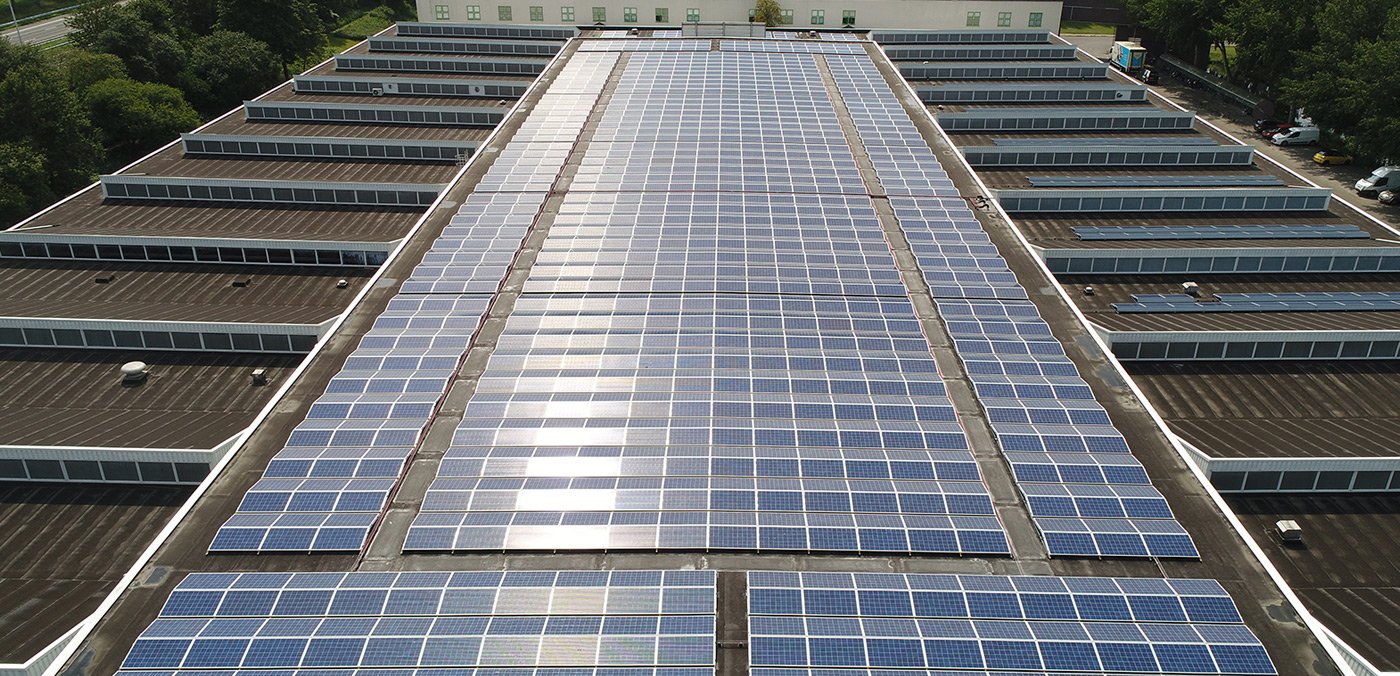
In Australia, over 2 million households enjoy safe and clean energy from PV systems. Despite this, some online media sources claim that PV systems cause fires and put firefighters at grave risk. These articles spread fears about PV safety and are sometimes used to sell add-on safety products like module shutdown devices. Fortunately, these fears are unfounded.
In this post, we show evidence from comprehensive studies that indicates existing PV systems are generally safe, fires are rare, and firefighters are still able to work safely.
1. Fires caused by PV systems are rare
Independent testing and research institutes TÜV Rheinland [1] and Fraunhofer ISE [2], have found that less than 0.006% of PV systems have caused fires in Germany.
In Australia, a similarly low percentage of installations have had fires caused by PV. Between 2009 – 2015, less than 0.03% [6] of PV systems had recorded fire incidents [3].
2. Fires were mainly caused by human/external factors that can’t be prevented by additional safety devices
Of the small number of PV system fires, “human errors” are mainly to blame. TÜV’s report surveyed 210 PV fires and found that poor workmanship and poor design account for the majority of fires caused by PV systems [1].
A breakdown of the reasons for PV system fires in Germany. Data source: TÜV [1]
- Installation mistake: DC connections not mated properly, badly crimped connectors, no strain relief etc.
- Product failures: PV modules or inverters.
- External influence: animals, lightning etc.
- Planning failure: poor mechanical and electrical design (e.g. incorrect selection of DC isolators, cabling)
Poor design or installation can lead to fire as there is increased risk of electrical arcs. Arcs commonly occur where there is an unintentional break in the electric circuit. This is what a DC arc looks like:
In Germany, Australia and the UK, the majority of faults have occurred in the DC side of the circuit (PV modules, DC wiring, DC isolators, etc) [1] [3] [4]. The probability here is high because there are many components and connections on the DC side. That means there are more chances for something to go wrong: for e.g. one of the components is faulty or one of the connections is not properly made.
DC isolators are a particularly common root cause for PV system fires. As much as 50% of fires caused by PV in WA were caused by rooftop DC isolators between 2009-2015 [3]. The story is similar in the UK, with 40% caused by the DC isolator and over 20% caused by DC connections. Based on statistics from these fire cases, a large portion of fires could have been avoided if manually installed DC isolators were eliminated, and the number of DC connections were minimised. In support of this, SMA provides DC isolators already inbuilt into our inverters, which avoids the risks associated with manual wiring and installation of external DC isolators.
3. Firefighters can still attend a home with a PV-system
When appropriate precautions are taken, firefighters can still extinguish fires on homes with PV systems [1]. These precautions include keeping a minimum distance between the nozzle and PV array such that there is no risk of electrocution to the firefighter.
4. Are module-level shutdown devices needed?
In short, no. Here’s why:
PV system safety has improved over time with the introduction of new safety devices. You may think that adding additional safety devices would reduce the chances of a problem. However, adding more devices increases the number of connections and components that could fail. In the case of adding module-level shutdown devices, the number of DC connections roughly doubles! This increases the number of sites for a potential problem, whether it is component failure or an installation mistake like not properly making connections.
Module-level shutdown devices are also unnecessary for firefighters to safely attend an incident involving a PV system. The independent testing institute TÜV does not propose the mandatory inclusion of module-level shutdown devices: “reasoning has led fire departments to shift away from the general demand for a shutdown on the grounds that theoretically any switch-off device can fail” [1].
With SMA you can choose whether module level power electronics are needed. In some systems, such as those that have persistent shading during the day, the TS4-R Optimiser can be used to maximize yield from the PV system and minimize stress on the shaded module. The TS4-R system can be selectively deployed only to affected shaded-modules to minimise the number of components and connections.
Conclusion
Fires are extremely unlikely in PV systems when they are properly designed and installed. Analysing previous fires at PV systems has confirmed this. PV systems can be made even safer by addressing the most frequent root causes of DC arcs, which are mostly related to human errors during the design and installation stage. There is no need for module-level-shutdown devices as firefighters may already manage risks onsite and they do not address the common root causes for PV system fires.
If you would like to learn more on this topic, you can watch a recorded webinar on this topic which SMA participated in with PV Magazine in December 2018. You can access the webinar at the following link:
Bibliography
| [1] | Sepanski et al, “Assessing Fire Risks in Photovoltaic Systems and Developing Safety Concepts for Risk Minimization,” TÜV Rheinland Energie und Umwelt GmbH, 2018. |
| [2] | Laukamp et al, “PV Fire Hazard – Analysis and Assessment of Fire Incidents,” 28th EU PVSEC 2013, Paris, 2013. |
| [3] | A. Chiaramonte, A. Smith and Z. Hood, “Fire Safety of Solar Photovoltaic Systems in Australia,” Worcestor Polytechnic Institute, 2016. |
| [4] | BRE National Solar Centre, “Fire and Solar PV Systems – Investigations and Evidence,” 2017. [Online]. Available: https://assets.publishing.service.gov.uk/government/uploads/system/uploads/attachment_data/file/630639/fire-solar-pv-systems-investigations-evidence.pdf. |
| [5] | Australian PV Institute, “Australian PV market since April 2001,” 2019. [Online]. Available: http://pv-map.apvi.org.au/analyses. [Accessed 6 3 2019]. |
| [6] | Proportion based on number of fire incidents reported in [3] for 2009-2015 and the 1507810 PV installations installed in total at the end of 2015 [5]. |

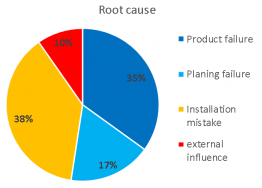

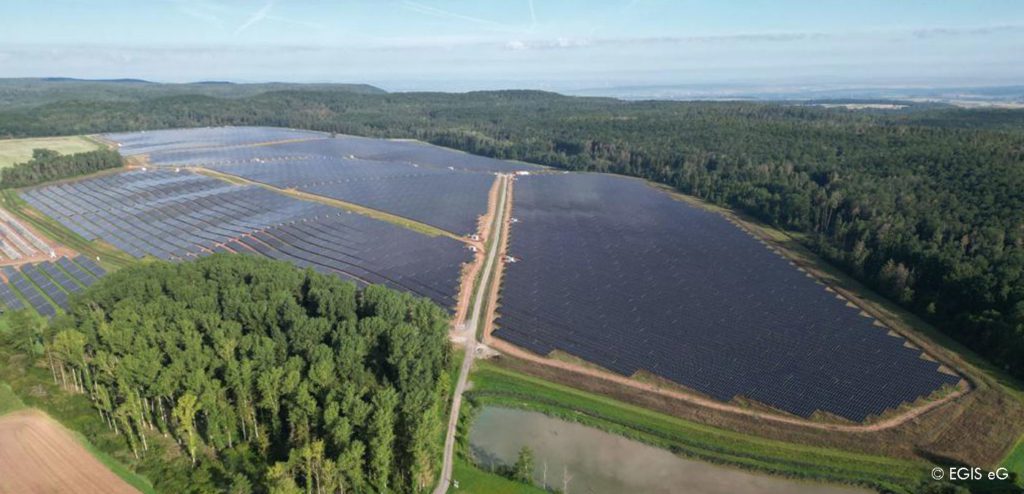
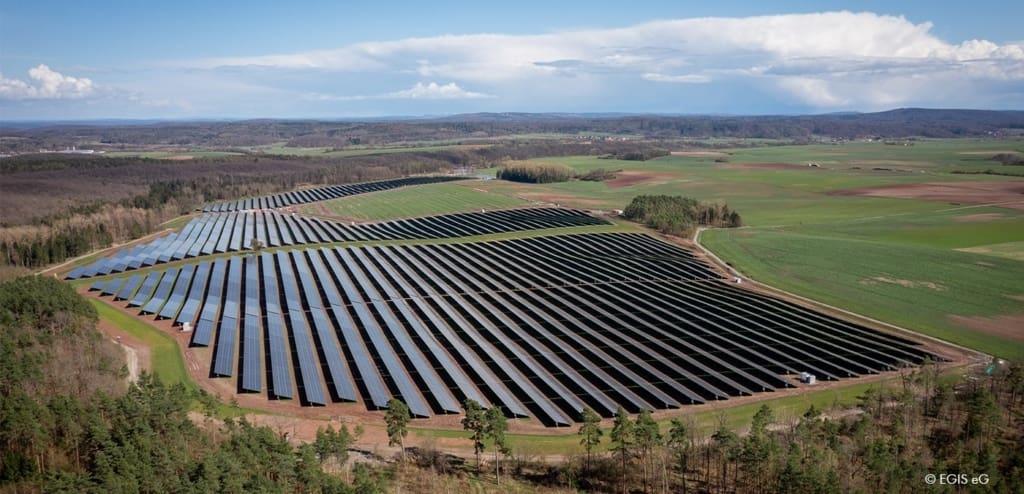
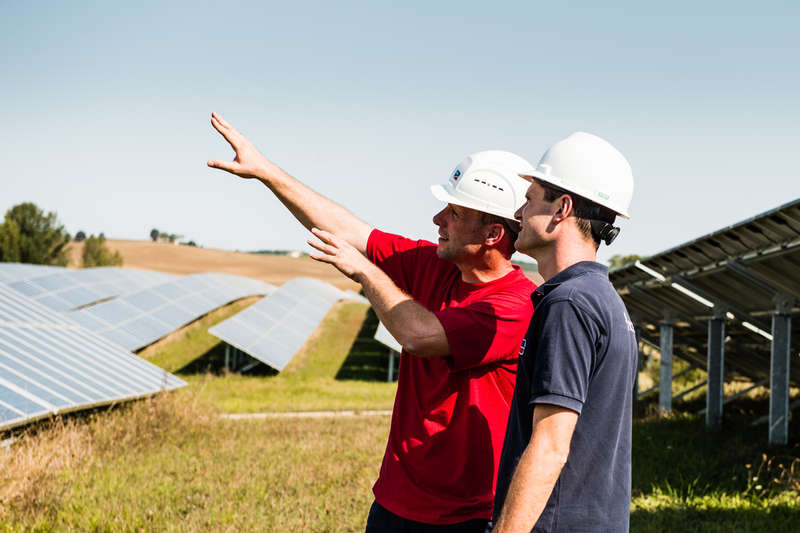
Feel free to contribute!